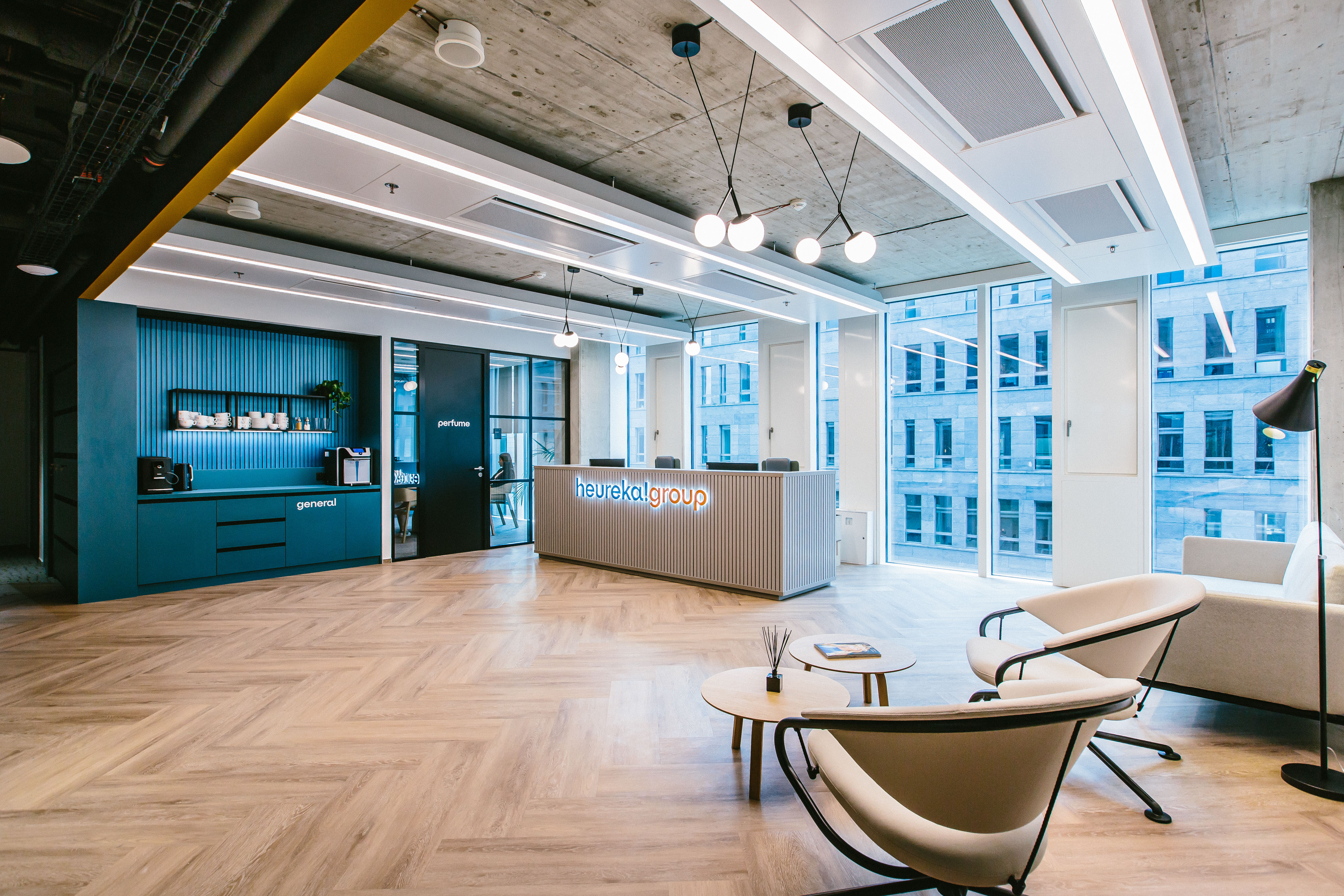E-commerce Report 2022: growing trend of online shopping in Croatia
The new E-commerce Report 2022, for which the research was carried out by the consulting company Valicon and the consumer comparison and consulting platform Jeftinije.hr, showed an increase in the frequency and value of online purchases in Croatia. The research was translated as part of the regional ecommerce competition Web Retailer Award and the E-commerce Jam conference. According to the results of this year's research, the online shopping trend has grown again with almost 68% of respondents shopping online at least once a month. Among the online customers, the majority are members of generation X, that is, those over 45 years old, and most often they buy clothes, shoes and fashion accessories. The average purchase amount has also increased, which now amounts to HRK 628.
The average value of the online shopping cart and the most requested product categories
The structure of online purchases by domestic consumers has not changed much compared to last year. The largest share of online purchases was recorded in the fashion segment (39%), followed by electronics (14%), beauty and health (12%) and home and garden (12%). It is similar when we look at the share of different segments in terms of purchase value: fashion occupies 25%, electronics 19%, and home and garden 18% of the value. In addition to the increase in the frequency of online purchases, the new E-commerce report 2022 also confirmed the increase in the average value of the online shopping cart. Croatian online consumers spend an average of HRK 628 per purchase, within the fashion segment the average amount per purchase is HRK 485, in the electronics segment HRK 1,024, and in the home and garden segment as much as HRK 1,171. The new E-commerce Report also points to the growing trend of the supermarket segment. The category is still small, with a share of 5% by number of purchases and 3% by value - but with a strong growth trend, which is also confirmed by the fact that the Konzum Klik web store was on the list of the ten most popular Croatian web stores.
The trend of shopping in domestic web stores is growing
The far-reaching impact of the pandemic was also shown in the change in the behavior of online consumers. Covid affected domestic online consumers and brought them closer to local web stores. Observing the share of foreign and domestic web stores where Croatian consumers most often shop, according to the data of this year's E-commerce Report, only 10% of the total purchase value goes to foreign web stores, that is, to cross-border purchases. The foreign web store with the most purchases is AliExpress, but the average purchase value is extremely low, only HRK 178. Analyzed by segment, electronics are most often bought in foreign web stores, while the fashion segment is dominant in domestic web stores. As for the method of payment, 54% of respondents pay with any type of payment card, while only 36% of them still choose cash on delivery. Cash on delivery is a characteristic form of payment in markets with lower trust in e-commerce, and it has been the dominant online payment method in Croatia for many years.
Dominance of mobile phones and online research before purchase
In this year's E-commerce Report, it was recorded for the first time that more than half of online purchases were made via smartphone, even 56%. When it comes to research before buying, only 26% of online buyers use only a PC or laptop for research, 24% of them use a combination of a computer and a mobile phone, while 51% use only a smartphone or tablet. The role of price comparison platforms has become even more relevant in the pre-purchase research phase. As many as 41% of respondents research online, and as many as 15% explicitly confirmed that they research on price comparison platforms before making a purchase.
Research methodology
The research for this year's E-commerce report 2022 was conducted by Valicon and Jeftinije.hr in October 2022 as part of the Web Retailer Award 2022 competition for the best web stores in the Adriatic region. Online purchases were observed, and 1,965 consumers participated in the research. The research was conducted with the help of Valicon's JaZnam panel, but also through a sample of customers of online stores that independently invited them to participate. The data collected in this way are not used for comparative analysis and serve only to compare the web store with a representative sample.
